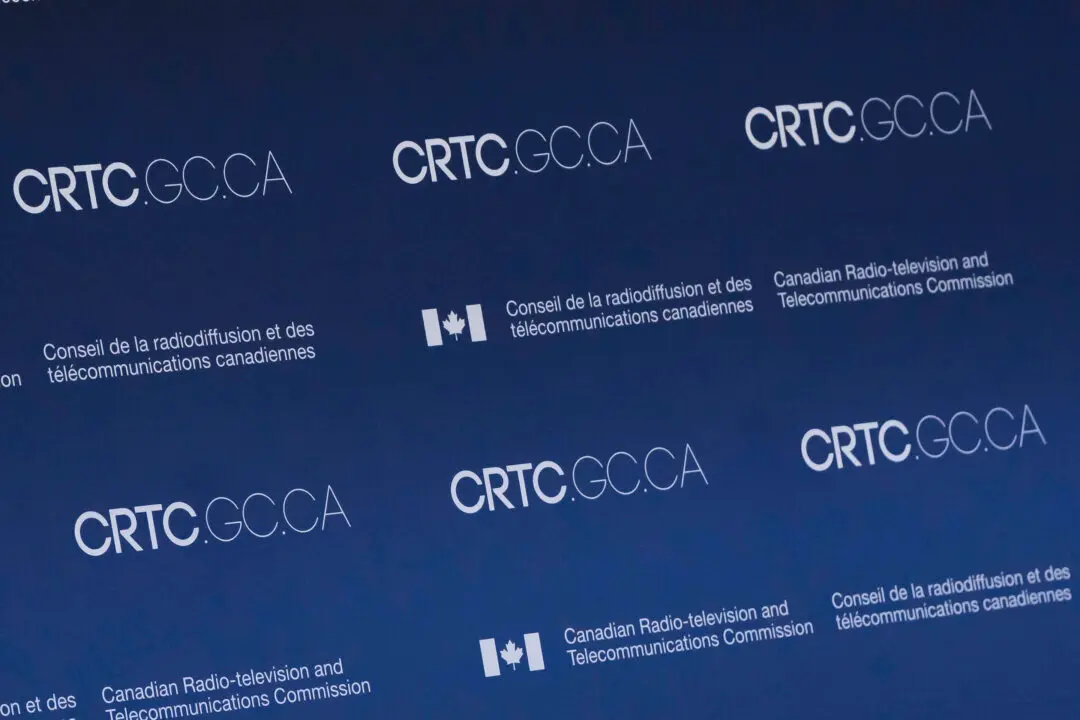Status First Nations people in Canada have seen some improvement in several key aspects of daily life, Statistics Canada has found, citing gains in areas ranging from household income levels to internet access.
The agency’s report, produced in collaboration with the Assembly of First Nations and released on Wednesday, studied how on- and off-reserve First Nations peoples are faring in areas like education, housing and employment and noted several examples of significant progress.





